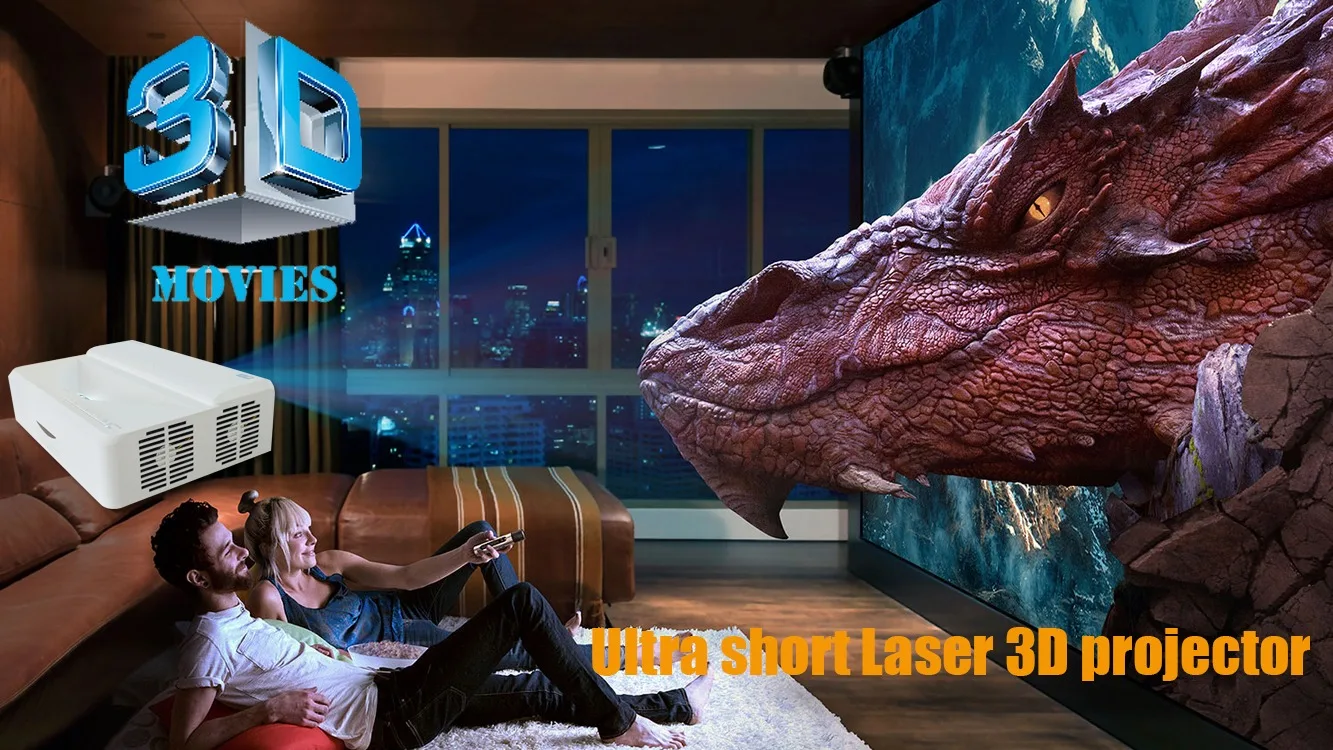
#Wuxga edge blending full#
With WUXGA resolution (1,920 x 1,200 pixels), you enjoy a sharp, clear display of Full HD video (1,920 x 1,080 pixels) images down to the smallest details even on large-screen projections for an incredible dynamic viewing experience. This combined with the Constant Brightness mode maintains brightness at a given value to match the venue or subject to deliver astonishing picture quality. The EB-L1505UHNL provides precise brightness adjustment in increments of 1%. The advanced optical engine in the EB-L1505UHNL precisely adjusts the blue and yellow light to create brilliant white highlights, bringing a refreshing vibrancy to your images.

White light is created through combining the blue and yellow light beams. Time varies depending on usage conditions and environments. Measured by acceleration test assuming use of 0.04 - 0.20 mg/m³ of particulate matter. * Approximate time until brightness decreases 50% from first usage. And with the advanced electrostatic filter having an equally long-lasting life, you enjoy peace of mind in using these highly reliable laser projectors. The newly designed laser light source delivers 20,000 hours *3 of maintenance-free use. This eliminates the worry of the projector light burning out during mission-critical presentations.Įngineered with inorganic LCD panels and an inorganic phosphor wheel.

With multiple laser diodes to rely on, the screen won’t go black even if one diode goes out. By combining this with our inorganic LCD panels, we create laser projectors that project bright, vibrant images for extremely long periods. Made of inorganic material, Epson’s newly developed phosphor wheel offers superior light and heat resistance to deliver excellent reliability.

Inorganic LCD panels and phosphor wheel for outstanding reliability Each of the three colours passes through LCD panels, producing three individual images, which are transmitted through a prism and combined into the final full-colour image. The two beams are then recombined into white light and separated into red, green and blue through dichroic mirrors. One beam is reflected by a phosphor wheel, changing it into yellow, while the other beam remains blue. Blue light from the laser is projected through a beam splitter, which divides the light into two beams.


 0 kommentar(er)
0 kommentar(er)
